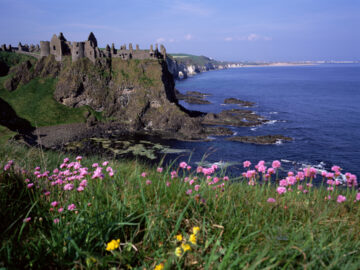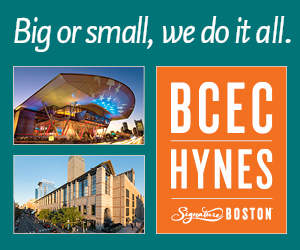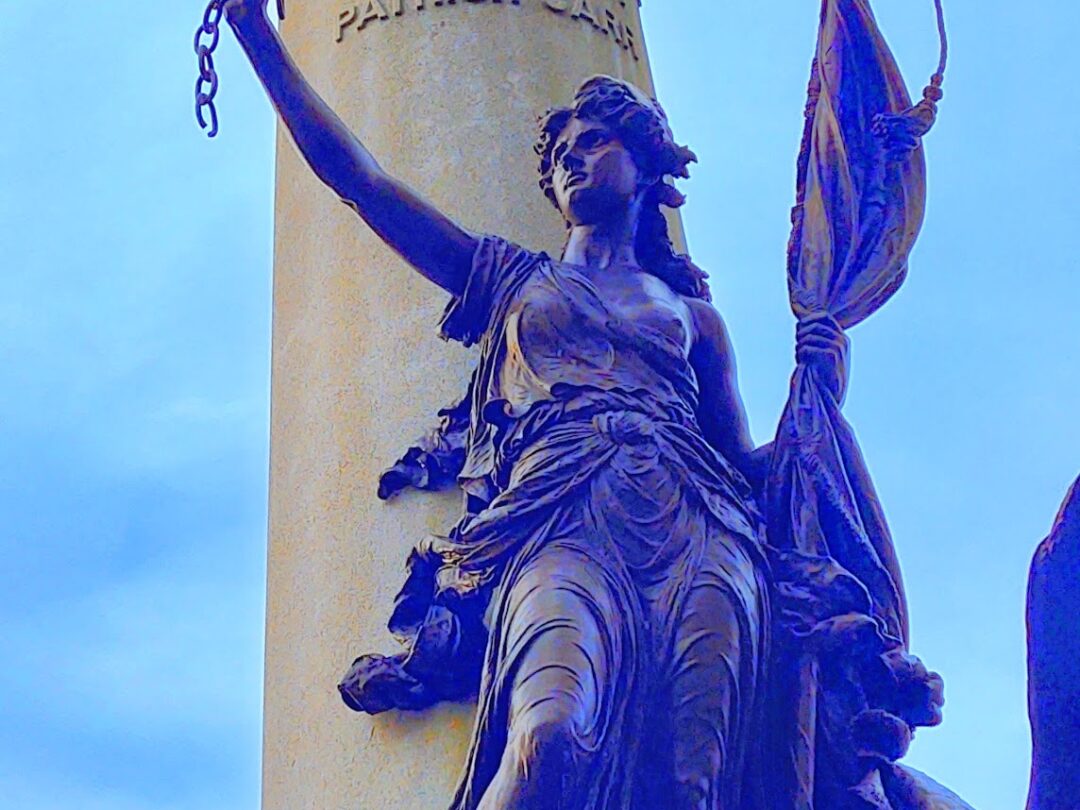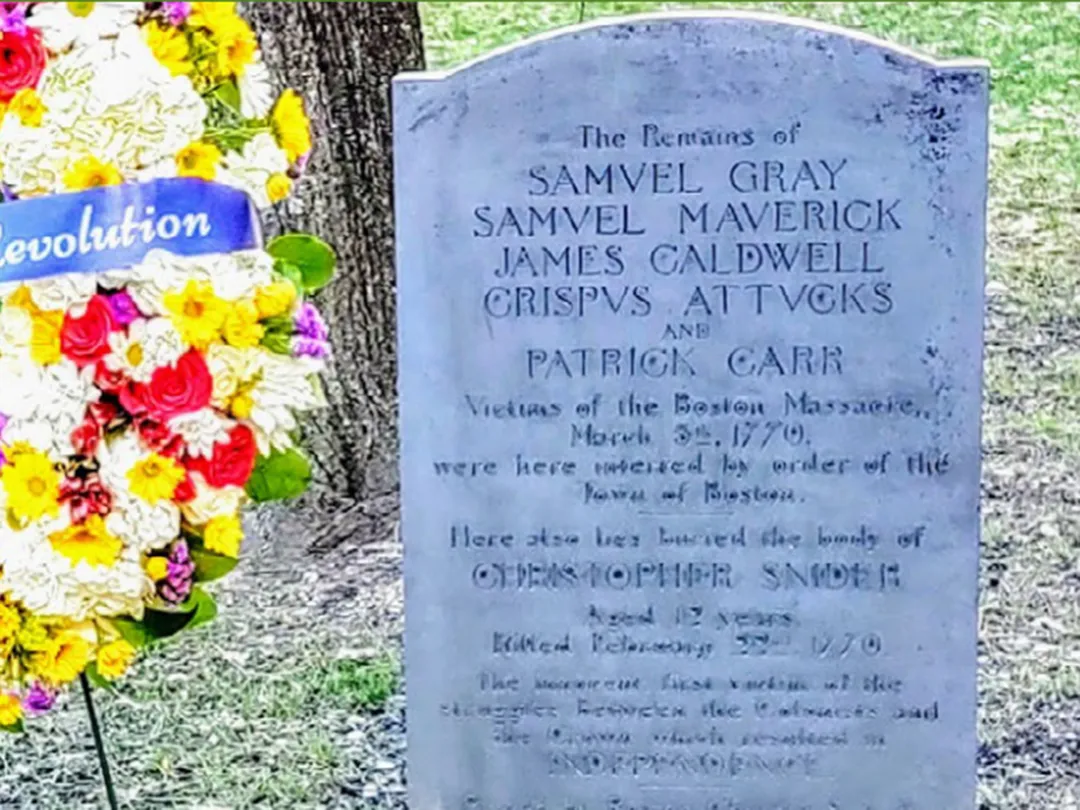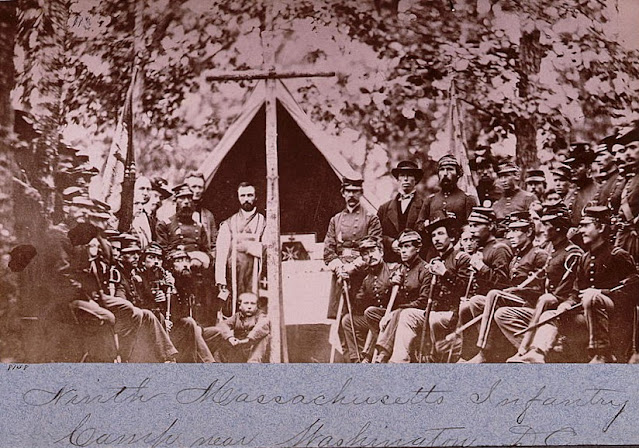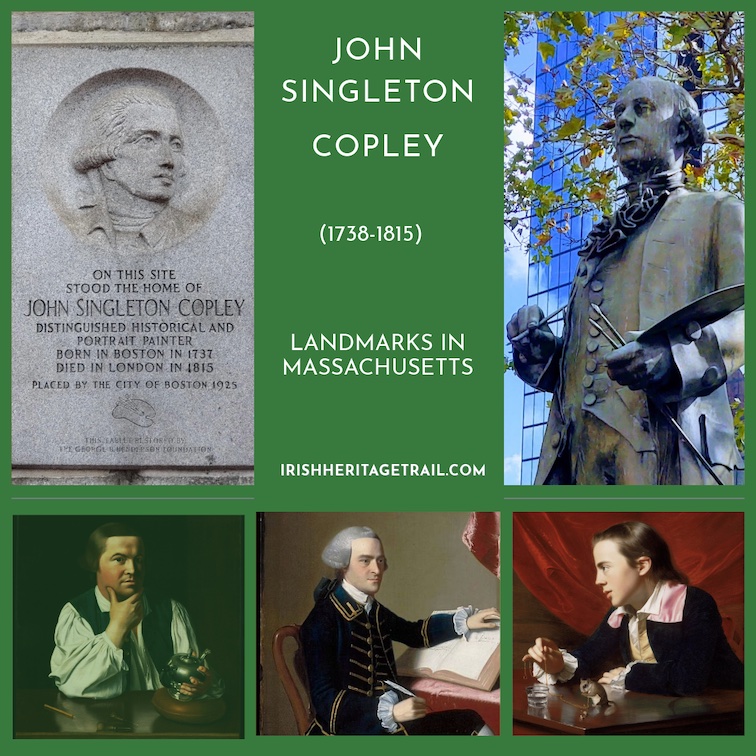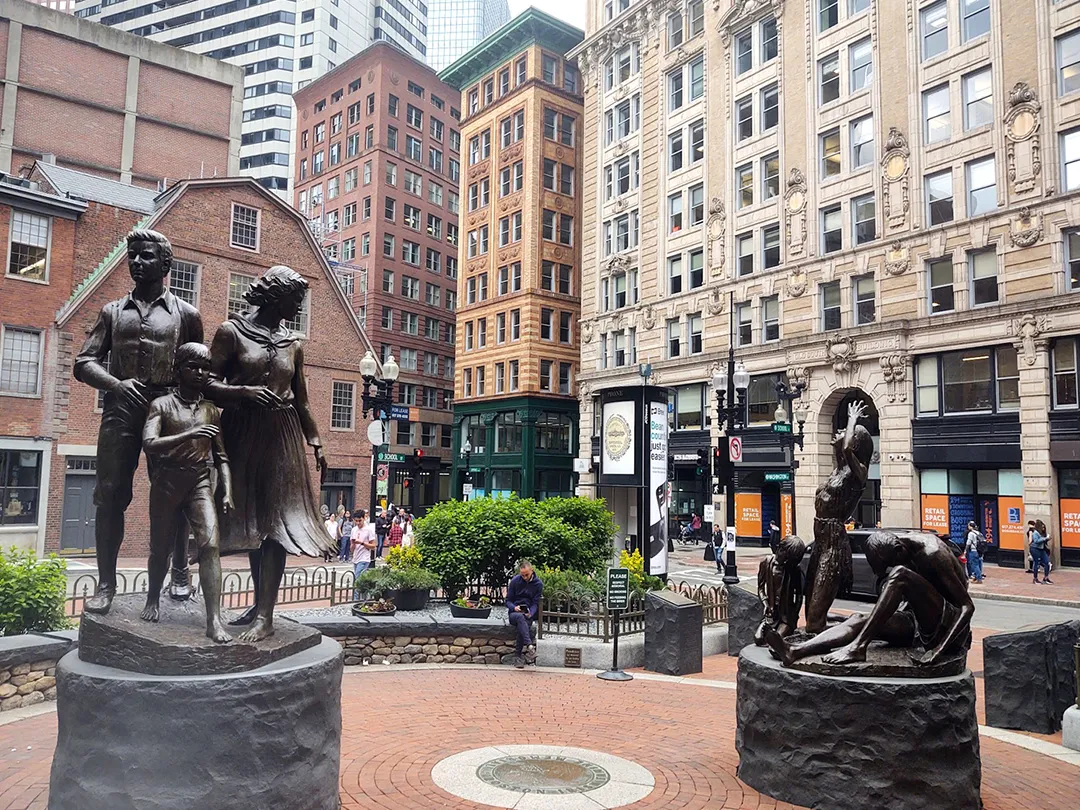John Barry, Naval Hero of the American Revolution, was born on March 25, 1745 in Wexford, Ireland

John Barry, a naval hero in the American Revolution, was born on March 25, 1745 in County Wexford, Ireland. His parents were James Patrick john Barry and Mary Ellen Cullen.
Barry was “born in the townland of Ballysampson and lived his boyhood in the townland of Rostoonstown, both in the parish of Tacumshane,” according to historian Martin I. J. Griffin.
Griffin’s book, The Story of Commodore John Barry, Father of the American Navy, published in 1908, notes that “Tacumshane Parish covers 3,000 acres and is situated between two townland locked gulfs with very narrow openings – Lake Tacumshin and Lady’s Island Lake. Possibly these lakes gave young Barry the inspiration for the sea and upon both he in youth oft pulled the oar,” Griffin writes.
Some stories suggest that Barry’s father was a tenant farmer who was evicted by a British landlord and had to relocate to nearby Rosslare, about four miles away. Barry’s uncle Nicholas Barry was a ship master out of Rosslare Harbor, and John likely began his sea training there. Griffin speculates that Barry “left home without the knowledge of his friends, went to Spanishtown in the island of Jamaica; and came to Philadelphia” around 1760, when he was 15. By the age of 21, Barry was captain of the schooner Barbados, and his ship logs indicate frequent trips between Philadelphia, the West Indies and Halifax, Nova Scotia.
When the war broke out, Barry quickly offered his services to the colonial side. “On December 7, 1775, the Continental Congress commissioned its first ship, the USS Brig Lexington, the first ship to fly the American flag and named for the first battle of the war in Lexington, Massachusetts, was commissioned in December 1775. Command of the ship was awarded to John Barry, who received his official naval commission as captain in March, 1776,” according to American Battlefield Trust.
In April, 1776, the USS Lexington under Barry’s command captured the British ship Edward, marking the first American naval victory in the American Revolution.
From there Barry participated in numerous battles throughout the war, including land battles in Trenton and Princeton. “When Washington planned to cross the Delaware, Barry organized seamen and joined the land forces which crossed at one of the ferries owned by his Irish friend, Patrick Colvin of Co Cavan,” according to the Ancient Order of Hibernians.
In 1780 Barry was assigned command of the Alliance frigate, named in honor of the alliance with France, and escorted a congressional delegation to France for diplomatic meetings. On the way back, Alliance encountered two British man of war ships, the Atlanta and the Trespessy, which he captured. During the battle Barry was severely wounded.
According to the National Maritime Museum of Ireland, “On the final cruise of the Alliance (in 1782), Barry patrolled the shipping lanes from Bermuda to Cape Sable and captured four British ships. He fought the last battle of the war (March 1783) in the Straits of Florida, where he saw off three British frigates attempting to seize his ship.”
In 1794, when the American navy was being reorganized, Barry was promoted as Commodore, which he held until his death on Sept 13, 1803. President George Washington, in his letter of appointment, wrote to Barry, “The President of the United States, reposing special trust and confidence in your patriotism, valor, fidelity and abilities, have nominated and by the consent of the Senate appoint you Captain in the Navy of the United States and Commander of the frigate called the United States, to take rank from the fourth day of June 1794.”
Barry married Mary Clary on October 31, 1767, who died in 1774, then remarried Sarah on July 7, 1777. Barry himself died at age 58 on September 13, 1803, from complications with asthma. He, along with his two wives and other relatives, are buried at Saint Mary’s Catholic Churchyard in Philadelphia.
President John F. Kennedy was a great admirer of Commodore Barry. In addition to sharing a love of the sea and sailing, both men traced their lineage to County Wexford. JFK displayed Barry’s sword and flag in his office at the White House, and nearby was a portrait of Commodore Barry, painted by Gilbert Stuart in Cross Hall.
When President Kennedy visited Ireland in June 1963, he laid a wreath at the John Barry statue in Wexford. See more Barry artifacts at the JFK Library.

Read more about John Barry here, and visit the Commodore Barry plaque on Boston Common, which is along the Boston Irish Heritage Trail.
Research + Text, Michael Quinlin
Enjoy articles like this?
Join our mailing list and have the latest sent to your inbox.




